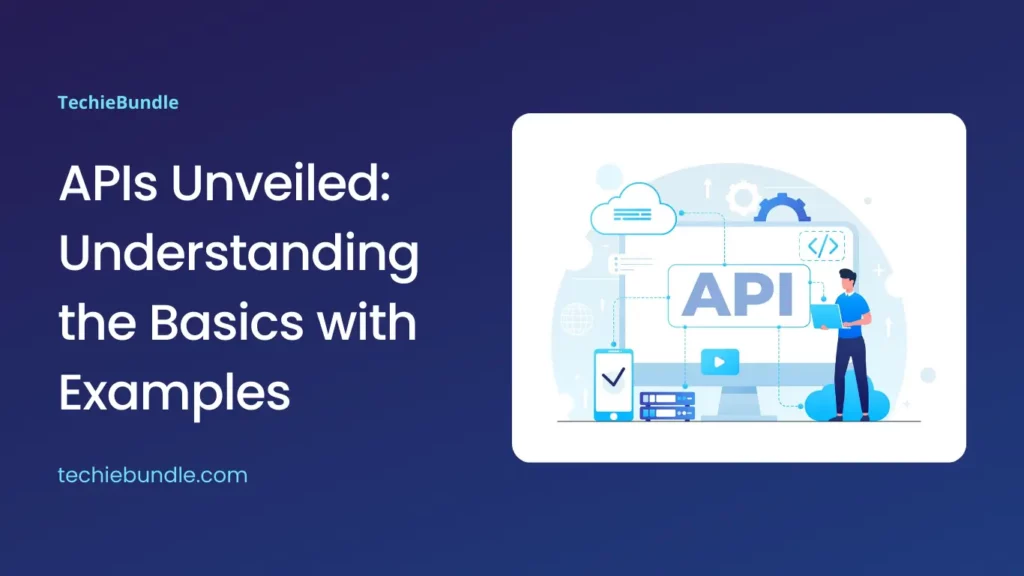Introduction
In the fast-paced world of technology, you may have come across the term “API,” which stands for Application Programming Interface. While it may sound complex, APIs are fundamental components that drive the seamless integration and communication between different software applications.
Let’s delve into the meaning of API, what it stands for, and explore a few examples to better understand their role in modern software development.
What is an API?
At its core, an API, or Application Programming Interface, is a set of rules and protocols that allow one software application to interact with another. It serves as a bridge, enabling developers to access specific features or data of a service or application without needing to understand or modify the underlying code. In essence, APIs define how different software components should communicate.
What Does API Stand For?
API stands for “Application Programming Interface.” Let’s break down this term:
- Application: Refers to a software program or a set of software components designed to perform specific functions.
- Programming: Indicates that APIs are designed for developers to interact with, allowing them to use and integrate functionalities into their own applications.
- Interface: Represents the point of interaction between different software systems. APIs define how requests for certain actions or information should be made and how the responses will be structured.
Example of an API
To illustrate the concept, consider a scenario where you’re building a weather application, and you want to display real-time weather data. Instead of creating an entire weather forecasting system from scratch, you can leverage a weather API to retrieve the necessary information.
OpenWeatherMap API Example:
OpenWeatherMap provides a widely used weather API that developers can integrate into their applications.
In this example, I’ll use the Fetch API, which is a modern and concise way to make HTTP requests in JavaScript.
// JavaScript Example using OpenWeatherMap API
const apiKey = 'your_api_key_here';
const city = 'New York';
const apiUrl = `http://api.openweathermap.org/data/2.5/weather?q=${city}&appid=${apiKey}`;
// Making a GET request to the OpenWeatherMap API
fetch(apiUrl)
.then(response => {
if (!response.ok) {
throw new Error(`Error: Unable to fetch weather data. Status code ${response.status}`);
}
return response.json();
})
.then(weatherData => {
const temperatureKelvin = weatherData.main.temp;
const temperatureCelsius = temperatureKelvin - 273.15;
console.log(`The current temperature in ${city} is ${temperatureCelsius.toFixed(2)} degrees Celsius.`);
})
.catch(error => console.error(error));
In this JavaScript example:
- Replace
'your_api_key_here'with the actual API key you obtain from OpenWeatherMap by signing up on their website. - The
fetchfunction is used to make a GET request to the OpenWeatherMap API. It returns a Promise that resolves to theResponseto that request. - The first
.thenblock checks if the response is okay (status code 200). If not, it throws an error. Otherwise, it parses the JSON from the response. - The second
.thenblock extracts the temperature information from the parsed JSON and logs it to the console. - The
.catchblock handles any errors that might occur during the fetch process.
This JavaScript example demonstrates the simplicity of using APIs with modern web technologies. Keep in mind that handling API requests asynchronously is crucial, and the Fetch API makes it convenient with its Promise-based approach.
[ You might also like: Unleash the Power of Technology: A Beginner’s Guide to Understanding What is an API? ]
Conclusion
In conclusion, an API, or Application Programming Interface, is a crucial component in modern software development, enabling seamless communication between different applications. As demonstrated by the example with the OpenWeatherMap API, APIs simplify complex processes, foster collaboration between developers, and contribute to the creation of more powerful and interconnected digital experiences. Understanding APIs and their significance is essential for anyone venturing into the world of programming and software development.
If you found this article informative and beneficial, we would greatly appreciate your insights.
Your comments and feedback are invaluable to us in ensuring the continual improvement and relevance of our content. Please feel free to share your thoughts below.
Thank you for your contribution.



